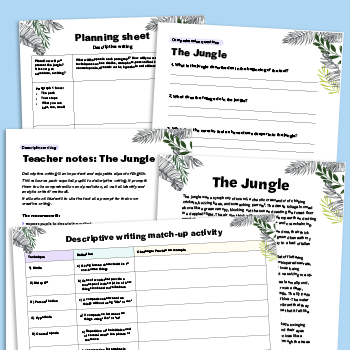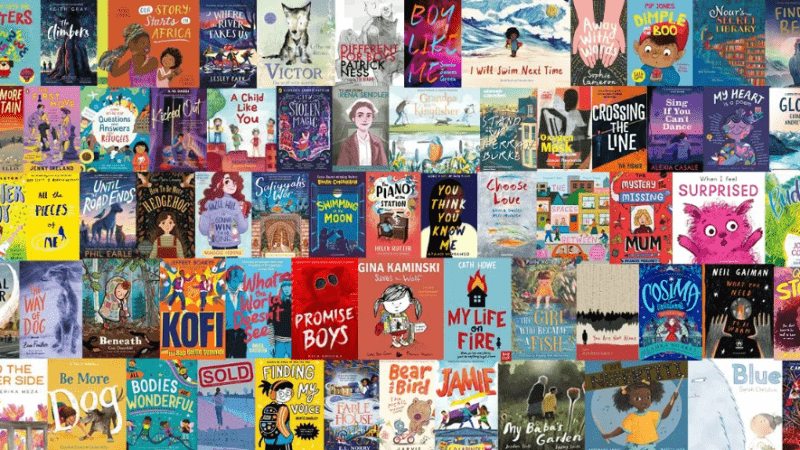Careers education – Why every teacher is a careers teacher

There’s a good chance that you’re already linking curriculum learning to careers, says Liz Painter – so why not make those links even clearer and more engaging for your students?

- by Liz Painter

A slight change in the way you emphasise or introduce an activity can help young people see links between the skills they gain in the classroom and the world of work.
Try these four ways of incorporating career learning more deeply into your lessons…
1 | Tell career stories!
We all love a good story, so tell your students about the part-time jobs you had when you were a student, your early career and any volunteering experience you’ve undertaken.
If you feel comfortable doing so, tell stories about your interests, especially if they’re linked to the subject you teach.
I managed to get a bottom set Y11 science class fascinated in plants by telling them about my own experiences of harvesting birch water from a tree in my garden, after which we had a lovely couple of lessons spent gathering and analysing plant sampling data from the school grounds.
Don’t forget to encourage students to tell you about their hopes and aspirations. They will be more motivated to learn if they know that their teacher listens to them and values their developing career stories.
2 | Give students opportunities to develop their employability skills
Many websites list the skills employers value the most, but an easy starter for STEM subject teachers is to download and put up the Top 10 employability skills poster available from STEM Learning, which details a set of skills that can, in fact, be encountered across all curriculum areas.
Go through them and think about when they’re used by students in your lessons.
Next lesson, discuss with the students how certain activities are helping them develop certain skills and why they’re important in the workplace. Perhaps they could reflect on this in their exercise books towards the end of the lesson? We now have career learning taking place in the curriculum…
3 | Careers linked to your curriculum area
Whatever your subject, get in the habit adding slides to your PowerPoint presentations which show a person doing a job that uses skills or knowledge from your subject area.
Trending
This image can be used to challenge stereotypes and encourage a few minutes of class discussion about the relevant career being shown.
In RE, for example, you could show a male nurse using their communication and empathy skills, or in maths, a female architect using algebra. In English, you can use imaginative opportunities to help improve the careers learning of students when reading set texts and poetry.
In An Inspector Calls, for example, Arthur Birling owns a profitable manufacturing company. What local manufacturing companies are there in your town?
4 | Bring a local employer or employee into the classroom
This will take some planning, but you’d be surprised at how many people are happy to pop into a school lesson to talk about their work. Remember, however, that it may have been years since your visitor’s set foot in a school.
Make it clear to them what you’d like the students to get from the encounter, ensure your class has been prepared to receive the visitor and make sure the school reception knows to expect them.
Also inform your careers leader, so that they can keep a record.
By acting any of these suggestion you’ll have contributed to your school achieving Gatsby Benchmark 4, ‘Linking curriculum learning to careers’. More importantly, you’ll also be helping the young people you teach to be more prepared for the next part of their exciting journey!
Liz Painter was a science teacher for 25 years, is currently studying for a master’s degree in Careers Education and Coaching at the University of Derby and is a Pledge Facilitator for the Cheshire and Warrington Local Enterprise Partnership.







